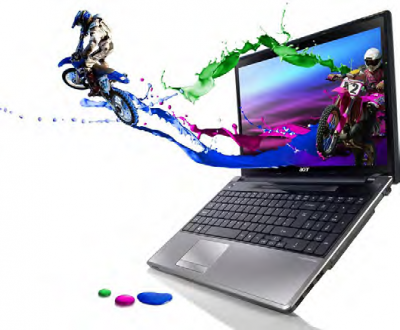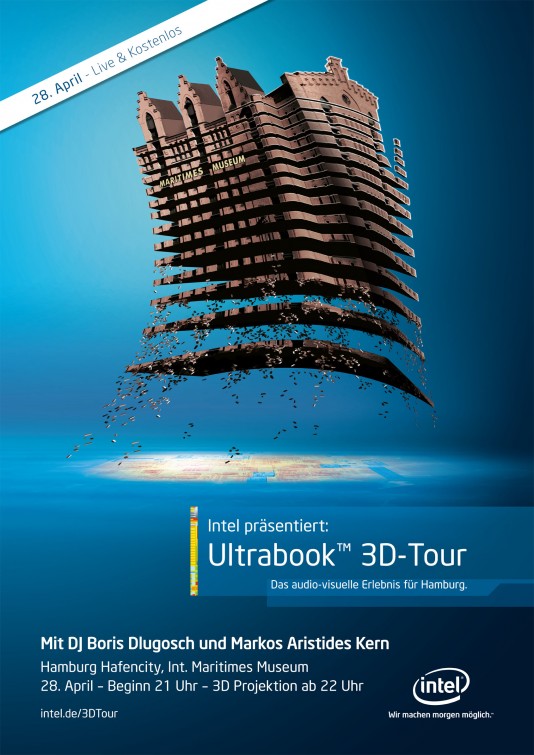Competitive pressure and fear of a litigious Apple has Intel and Ultrabook manufacturers looking for ways to differentiate. Autostereoscopic display is high on the list.

By Jon Peddie
There has been some whining from OEMs that the price of an Ultrabook is too high. Those folks just don’t get it. An Ultrabook is not a tablet killer or a netbook replacement; it is a highly desirable, aspirational status symbol. To differentiate the Ultrabooks from ordinary laptops, and certainly from netbooks (you do remember what a netbook is, don’t you), the new class of Ultrabooks (and AMD’s ultrathins also) must have special, unique features. Win8 touchpad swiping and pinching is one of them. But we need more. Well, what could be more definitive than more than two images? That’s twice as much more.
With that thought in mind, Intel is providing design suggestions for a third-generation Haswell-based Ultrabook, expected in the second quarter of 2013. Haswell, like the current generation of i5 and i7 processors, has enough horsepower to drive S3D display and content. Support for high-quality (HD) user interfaces and adoption of multi-sensors will add to the differentiation.
Ultrabooks (and many but not all Thinbooks) will be sold with solid-state drive (SSD), and the third-generation Ultrabooks are expected to further realize Intel’s design intents for them.
Intel has found, and/or invested in, a new chassis manufacturing method from the automobile and aerospace industries that can reduce costs by 65%. These new chassis will show up in 2013, allowing the third-generation Ultrabooks. The expectation is they will help reduce production costs.
The vendors making Apple Air-like thin notebooks have something else to worry about: A litigious Apple lying in wait for new products that might stray a little too close to where Apple believes it has the inventive, patented upper hand. Intel and its partners will have to be careful about violating those patents. Rumor has it this issue has already caused some vendors to hesitate in their Ultrabook plans. The addition of 3D gives these vendors a further feature to distance themselves from their great white competitor.
S3D displays in notebooks of course aren’t new. At CES, in vendors’ and Intel’s booths, you could find exciting examples of S3D in a laptop.
LG’s P535 and the A540 shown at CES had immersive 3D displays with In-Plane Switching (IPS) that enabled a wide viewing angle. Toshiba, which has been making laptops for over 20 years, showed their Qosmio Z835 F755 with head tracking to keep the sweet spot where the user is looking. The notebook uses a dual parallax screen and shifts the image. Unfortunately, the 1080p screen drops to 780p when it’s used in S3D mode.

Inevitable 3D
Jon Peddie Research is a big proponent of the inevitability of S3D and claim it will be as pervasive as color screens are now—an idea that was scoffed at when it was introduced.
Yes, work needs to be done on cleaning up the content and being cleverer with the auto-stereoscopic displays, but it will get done. Too much is being invested in cameras, software tools, and enthusiasm from the cinema to dismiss S3D as a fad—this ain’t a hula hoop or a pet rock.
Jon Peddie is president of Jon Peddie Research, publisher of GraphicSpeak and TechWatch, where this article originally appeared.





